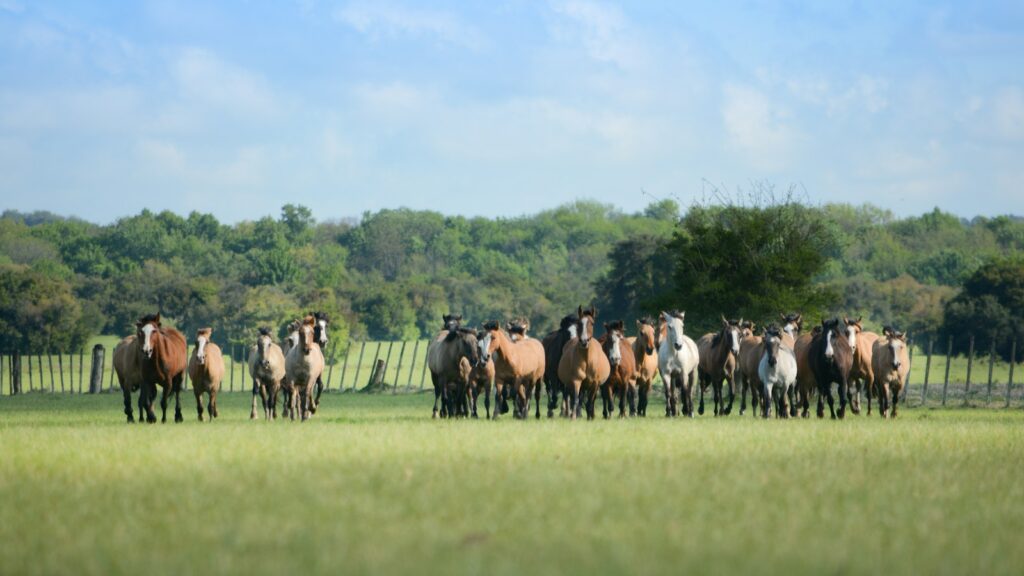Introducing a horse to a new herd is a delicate process that requires patience, understanding, and careful management. Horses are highly social animals with complex hierarchical structures that govern their interactions. When a new horse enters an established herd, the entire social dynamic shifts as each member must reestablish their position in the pecking order. This adjustment period can be stressful for all horses involved, particularly the newcomer who must find their place in an unfamiliar social structure. By understanding equine social behavior and implementing thoughtful integration strategies, owners can help their horses navigate this transition more smoothly, minimizing stress and potential injuries. This article explores practical approaches to supporting horses through the challenging process of adapting to a new herd hierarchy.
Understanding Equine Social Structures
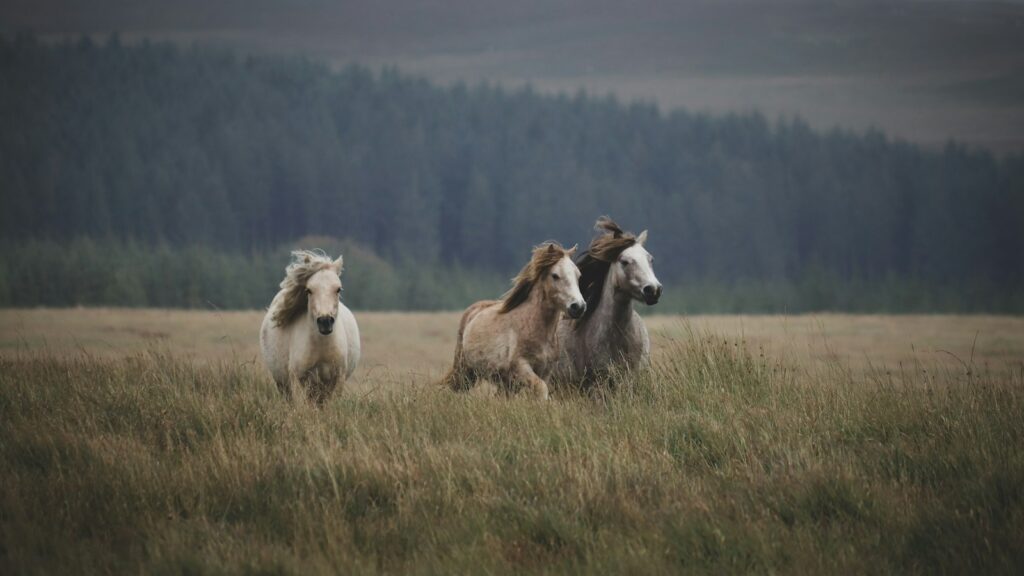
Horses naturally organize themselves in hierarchical social groups where each individual understands their rank relative to others. This structure typically features a lead mare who makes decisions about herd movement and resource access, while a dominant stallion or gelding often serves as the protector. Middle-ranking horses form the core of the herd, while lower-ranking individuals must frequently yield resources and space to those higher in the hierarchy. These positions aren’t permanently fixed—they can shift based on factors like age, health status, personality, and changing group dynamics. Understanding that this restructuring process is natural and inevitable helps owners recognize that temporary social tension isn’t necessarily problematic but rather an essential part of establishing a functional herd dynamic.
Signs of Hierarchy Establishment
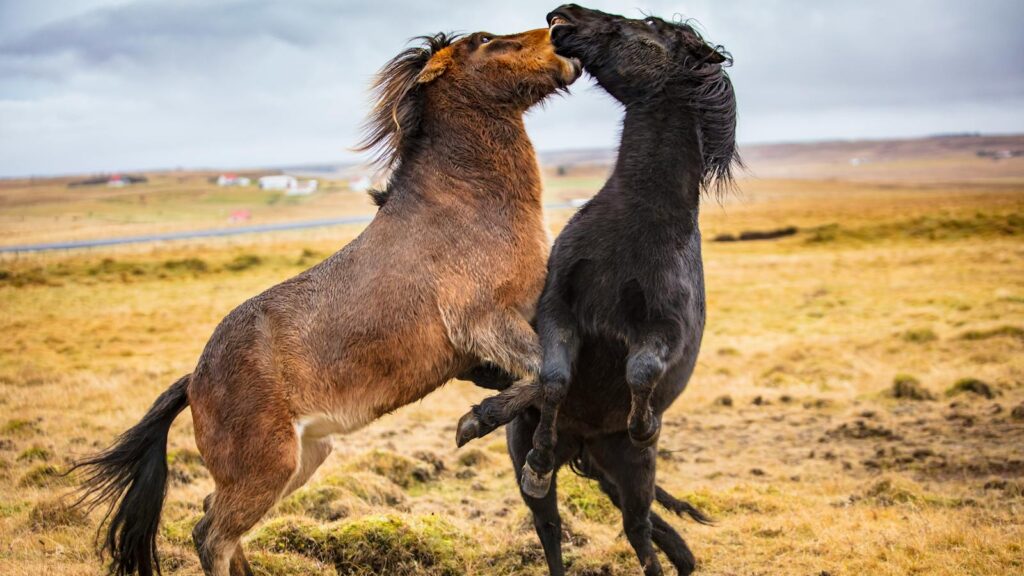
Recognizing the behavioral indicators of hierarchy establishment helps owners monitor the integration process effectively. Common behaviors include threat postures such as pinned ears, arched necks, and swishing tails that communicate boundaries without physical contact. More assertive interactions might involve lunging, striking, or kicking, though these typically decrease in intensity as relationships stabilize. Submissive horses will display yielding behaviors like moving away from dominant individuals, lowering their heads, and sometimes licking and chewing as appeasement gestures. Position during grazing and resting is also telling—dominant horses claim preferred spots and resources, while subordinates maintain respectful distances and often act as lookouts. Being able to distinguish between normal hierarchy establishment and dangerous aggression is crucial for ensuring safety during integration.
Prepare Your Horse Mentally and Physically
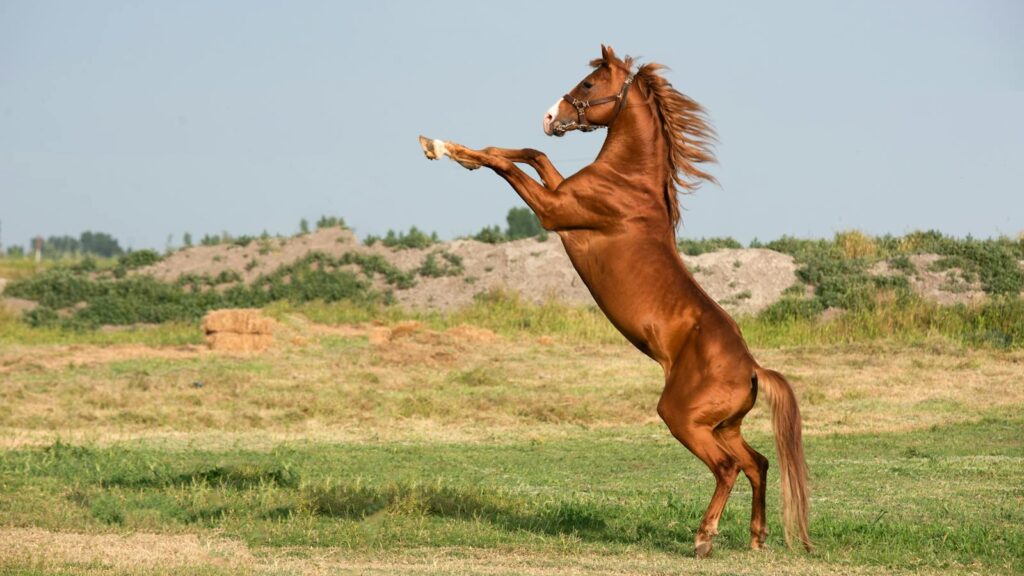
Before introducing your horse to a new herd, ensure they’re physically healthy and mentally balanced to handle the stress of integration. Schedule a veterinary check to address any underlying health issues that might compromise your horse’s ability to establish appropriate relationships or defend themselves if necessary. Work on developing your horse’s confidence through progressive training exercises and exposure to various stimuli in controlled settings. Horses with good ground manners and respect for boundaries typically fare better in new social situations. Additionally, if your horse has been isolated for an extended period, gradually increase their exposure to other horses through adjacent paddocks or controlled interactions to reacquaint them with equine social cues and communication before full integration.
Choose the Right Introduction Timing
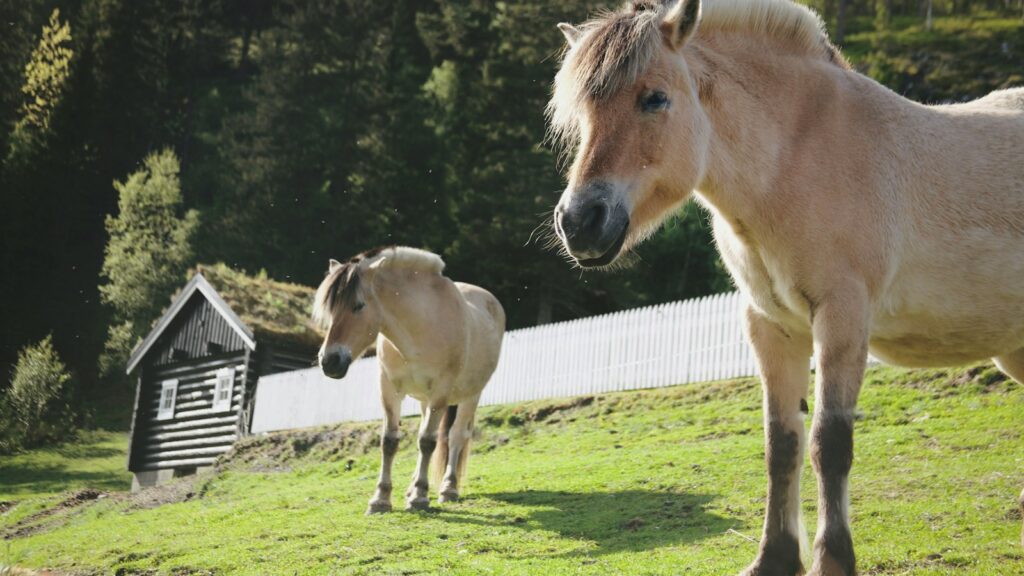
Strategic timing can significantly impact the success of introducing a horse to a new herd. Avoid integrations during extreme weather conditions when horses might be more stressed or territorial about shelter and resources. Early morning tends to be an ideal time as horses are typically calmer and focused on grazing rather than play or alertness. Additionally, weekday introductions often allow for more consistent monitoring than busy weekends when barn activities might be more disruptive. Consider the reproductive status of mares, avoiding introductions during estrus cycles when hormonal influences might intensify reactions. Patience in selecting the optimal timing demonstrates respect for the natural adjustment process and can prevent unnecessary complications.
Implement Gradual Introduction Strategies
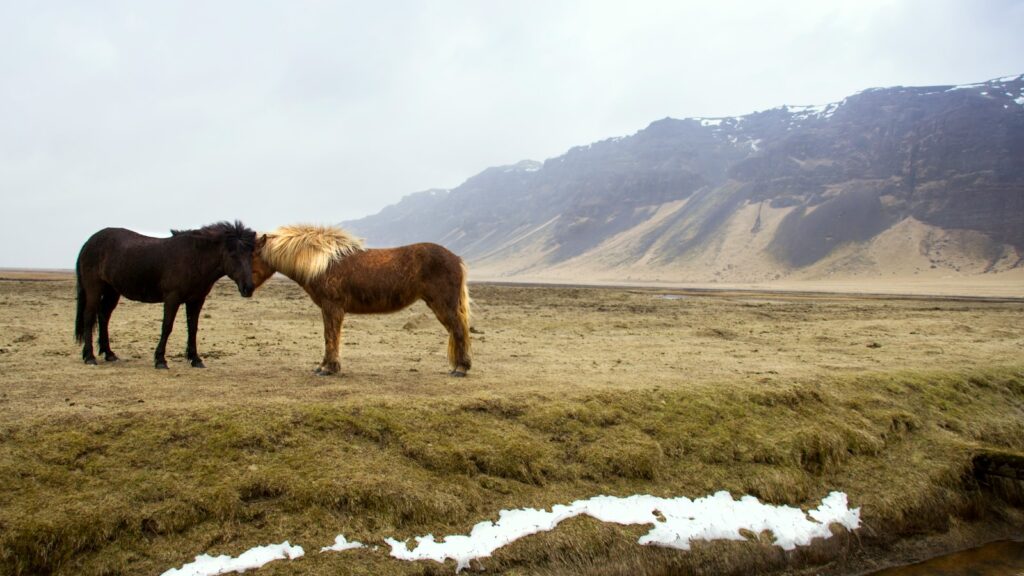
Abrupt introductions to established herds can overwhelm new horses and trigger defensive reactions from resident herd members. Instead, implement a gradual introduction plan starting with adjacent paddock turnout that allows for visual contact and interaction across a safe barrier. This arrangement gives horses time to become familiar with each other’s presence, scent, and communication styles without risk of injury. Once the horses show relaxed interest in each other, progress to supervised interactions in a neutral, spacious area that doesn’t trigger territorial responses from resident horses. Introduce the newcomer to one or two middle-ranking, socially confident herd members initially rather than the entire group or the most dominant individuals. This methodical approach respects the horses’ need to establish relationships incrementally and reduces integration stress.
Create Safe Introduction Spaces

The physical environment plays a crucial role in successful herd integration and hierarchy establishment. Ensure the introduction area is spacious enough for horses to move freely and establish comfortable distances from each other when needed. Remove potential hazards like debris, sharp corners, or narrow passages where horses might become trapped during interactions. Multiple water and feeding stations positioned at good distances from each other prevent resource guarding and allow lower-ranking horses access without confrontation. Consider setting up visual barriers like round bales or strategic fencing that create “refuge zones” where a horse can temporarily retreat from social pressure without feeling cornered. This thoughtful environmental management can significantly reduce stress and injury risk during the adjustment period.
Monitor Body Language and Interactions
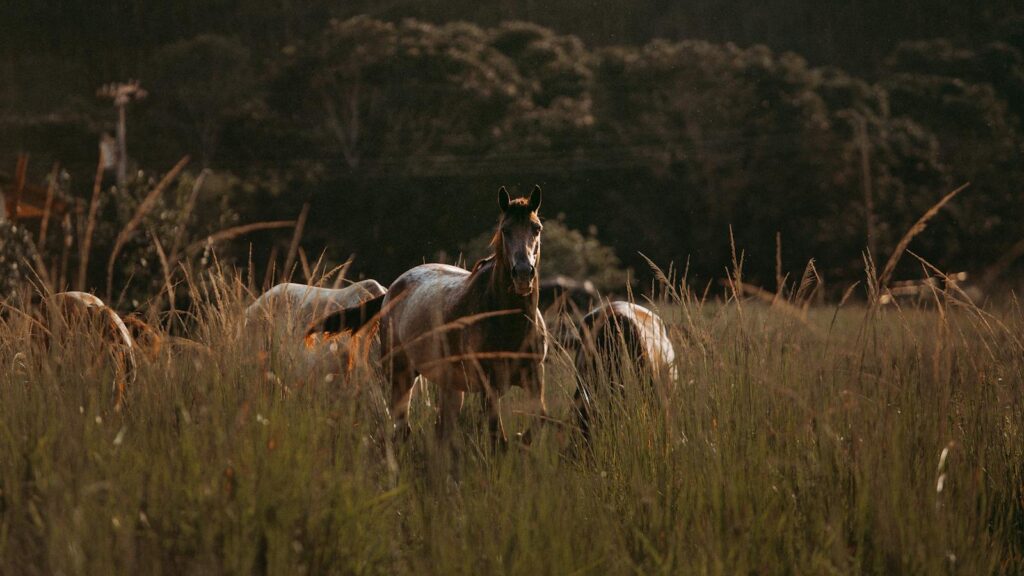
Consistent, knowledgeable observation during the integration process enables timely intervention when necessary while allowing natural social development. Learn to distinguish between normal hierarchical behaviors like ear pinning, yielding space, and brief kicks or strikes versus dangerous aggression characterized by relentless pursuit, vicious biting, or continued attacks after submission signals. Document patterns of interaction, noting which horses appear to form positive relationships and which combinations might require additional management. Watch for signs of excessive stress in your horse, including appetite loss, isolation, hypervigilance, or unusual aggression that might indicate the integration strategy needs adjustment. This attentive monitoring strikes the balance between allowing necessary social negotiation and ensuring no individual experiences undue stress or injury.
Manage Resource Access During Transition
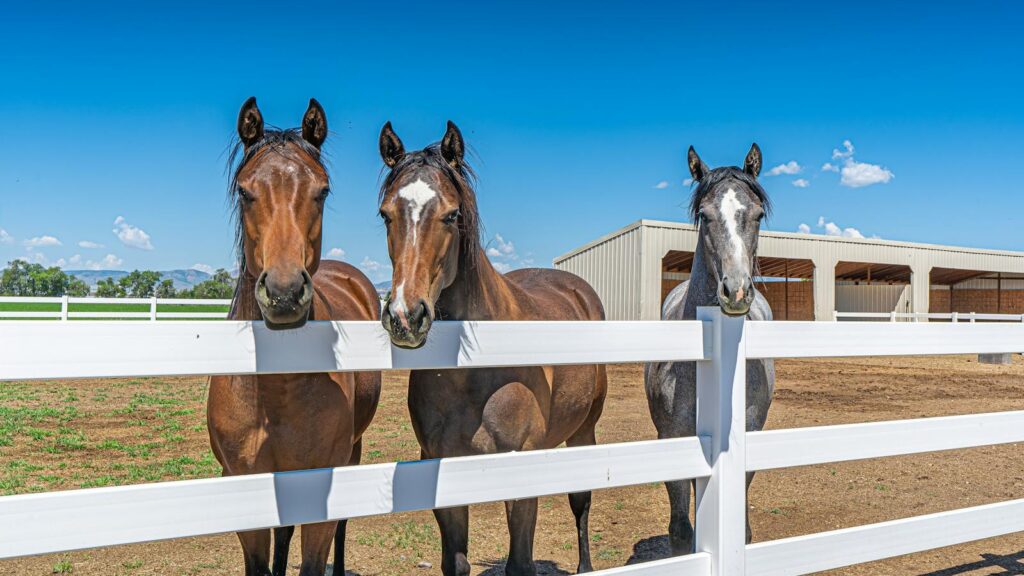
Competition for resources often intensifies hierarchical disputes during herd integration phases. Temporarily increase hay and feed distribution points beyond the number of horses to reduce competition and ensure all individuals can access nutrition regardless of their developing social rank. Position water sources in multiple locations, particularly during hot weather when hydration needs are higher and competition might increase. If using automatic waterers, ensure they’re accessible from multiple angles so dominant horses can’t monopolize access. Create multiple shelters or windbreaks that prevent a single dominant horse from controlling access during inclement weather. This resource management approach doesn’t eliminate hierarchical behavior but reduces its intensity by minimizing competition for survival necessities.
Address Specific Personality Challenges
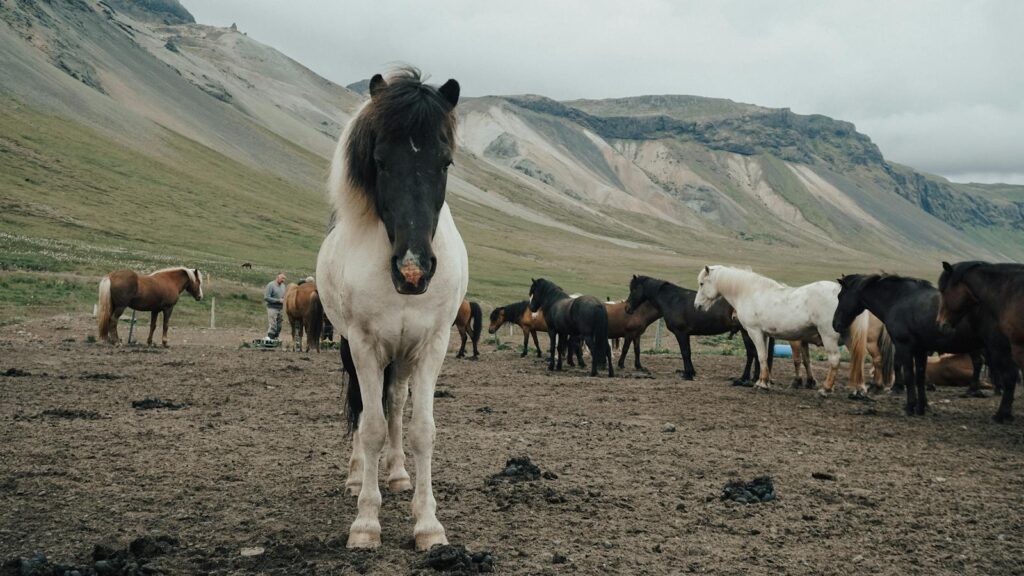
Different horse personalities require tailored integration approaches for successful herd adjustment. Particularly timid horses might benefit from being paired with a calm, middle-ranking companion during introduction who can provide social guidance without overwhelming dominance. Conversely, overly dominant or aggressive newcomers might require more controlled, supervised interactions and clear boundary-setting from handlers before joining the main herd. Horses with specific social anxieties from past negative experiences might need extended adaptation periods with extremely gradual exposure to increase their confidence. Some horses with incompatible personalities may never integrate fully with certain individuals, requiring management compromises such as partial separation during turnout or carefully selected smaller groupings that accommodate these social limitations.
Provide Consistent Human Support
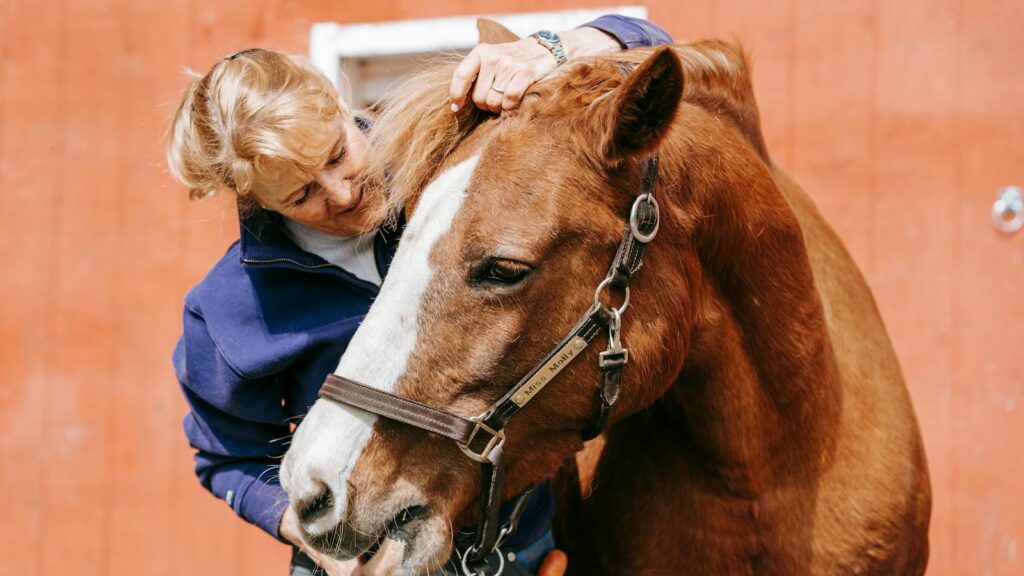
Your role as owner or caretaker significantly influences your horse’s adjustment to new social dynamics. Maintain your regular handling and training schedule to provide stability and reinforce your relationship during this transitional period. Avoid overly protective behaviors that might interfere with natural hierarchy establishment, instead allowing appropriate social learning while preventing dangerous situations. Practice calm, confident leadership when handling your horse around the herd to model emotional regulation and boundary respect. Consider implementing relaxation-promoting routines like quiet grooming sessions, hand-grazing in view of the herd, or groundwork exercises that help your horse maintain mental equilibrium during social adjustment. This balanced human support creates a secure foundation for your horse while they navigate new social territory.
Nutritional Considerations During Integration

Integration stress can impact digestive function and nutritional needs, requiring thoughtful dietary management during hierarchy adjustment. Monitor your horse’s body condition score weekly during transition, as social stress or limited resource access might cause weight fluctuations requiring prompt dietary adjustments. Consider adding digestive support supplements containing prebiotics, probiotics, or hindgut buffers that help maintain gut health during stressful periods when ulcer risk increases. Ensure adequate forage access by providing multiple hay sources or extending feeding intervals with slow-feeders that prevent dominant horses from monopolizing food. For particularly challenged individuals, temporary separate feeding arrangements might be necessary until social relationships stabilize. This nutritional attentiveness helps maintain physical health that supports better emotional coping during social transition.
When to Intervene in Herd Dynamics
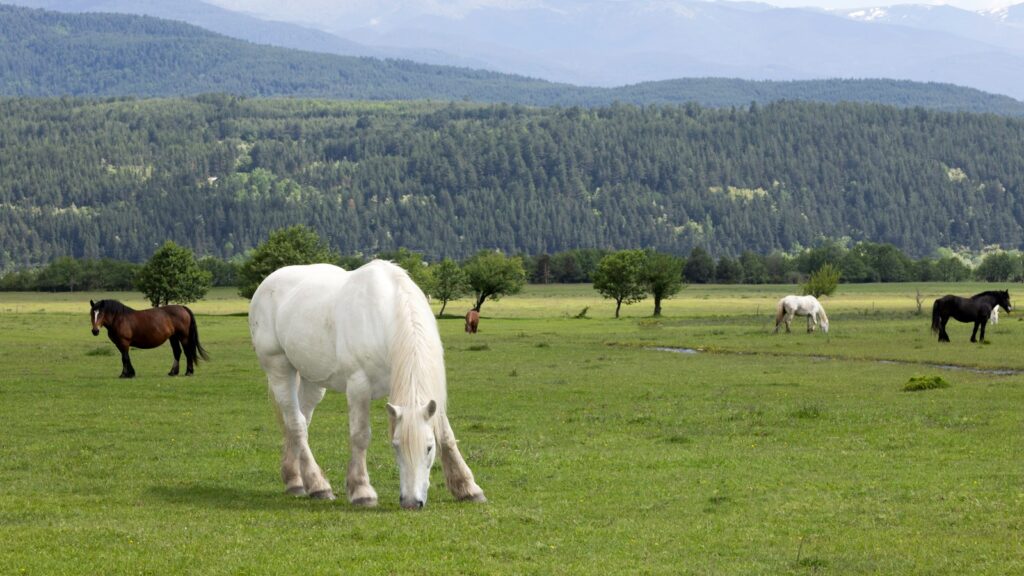
While natural hierarchy establishment should generally proceed without human interference, certain situations warrant intervention to ensure safety and welfare. Immediate separation is necessary if interactions escalate to dangerous levels including relentless chasing, vicious biting resulting in wounds, or concentrated attacks by multiple herd members on a single horse. Intervention is also appropriate when a horse shows signs of severe psychological distress such as fence-running, refusing to eat or drink, or developing stereotypic behaviors in response to social pressure. Physical exhaustion from constant movement to avoid aggressive herd members requires management changes, particularly in extreme weather conditions. When intervention becomes necessary, reassess your integration strategy rather than simply resuming the same approach, potentially considering a different companion configuration or more gradual introduction timeline.
Long-term Management Strategies
Even after initial integration, thoughtful management supports continued positive social development within the herd. Maintain regular observation of social dynamics, as hierarchy positions can shift with changing circumstances such as seasonal variations, health changes, or new additions. Provide environmental enrichment through varied terrain, scattered forage, or rotational grazing that keeps horses mentally engaged and reduces boredom-related aggression. Consider periodic “refresher” training for all herd members that reinforces respectful boundaries with humans and other horses. Establish consistent handling protocols among all caretakers to prevent confusion about behavioral expectations. This ongoing attentive management recognizes that herd dynamics remain fluid rather than static, requiring continued support for optimal social function and individual welfare.
Success Stories and Alternative Approaches
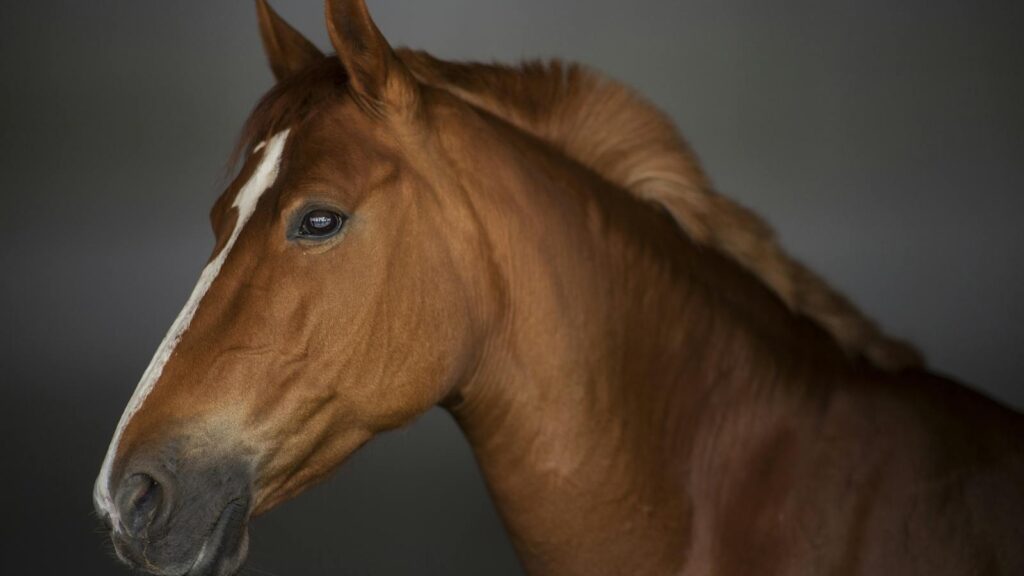
Drawing inspiration from successful integration cases can provide valuable perspective during challenging transitions. Many horses that initially struggle with herd dynamics eventually form deep bonds and secure positions within their new social groups given sufficient time and appropriate support. For horses that continue to face integration difficulties, alternative management approaches might include creating smaller compatible subgroups rather than forcing full herd inclusion. Some facilities successfully implement “part-time socialization” where horses have limited herd turnout combined with individual time. Others create specialized arrangements for horses with specific needs, such as pairing a nervous newcomer with a single calm companion before attempting wider integration. These creative solutions acknowledge that while social living is natural for horses, the specific arrangements may need customization to suit individual temperaments and histories.
Supporting Herd Integration for Horses
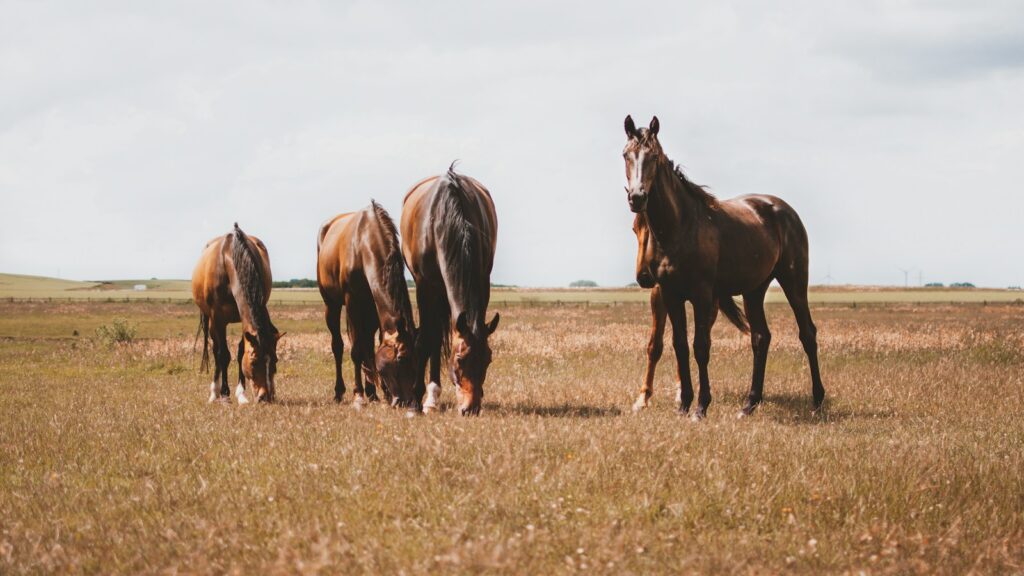
Helping a horse adjust to a new herd hierarchy requires a blend of scientific understanding, careful observation, and thoughtful management. By respecting the natural social needs of horses while providing appropriate support and intervention when necessary, owners can facilitate smoother transitions that minimize stress and maximize wellbeing. Remember that each horse is an individual with unique social preferences and adjustment timelines—what works for one may not work for another. The goal isn’t to eliminate hierarchy formation, which is a natural and necessary process, but rather to support its development in a way that ensures safety and maintains positive welfare for all herd members. With patience and proper management, most horses can successfully integrate into new social groups and enjoy the physical and psychological benefits that appropriate equine companionship provides.

